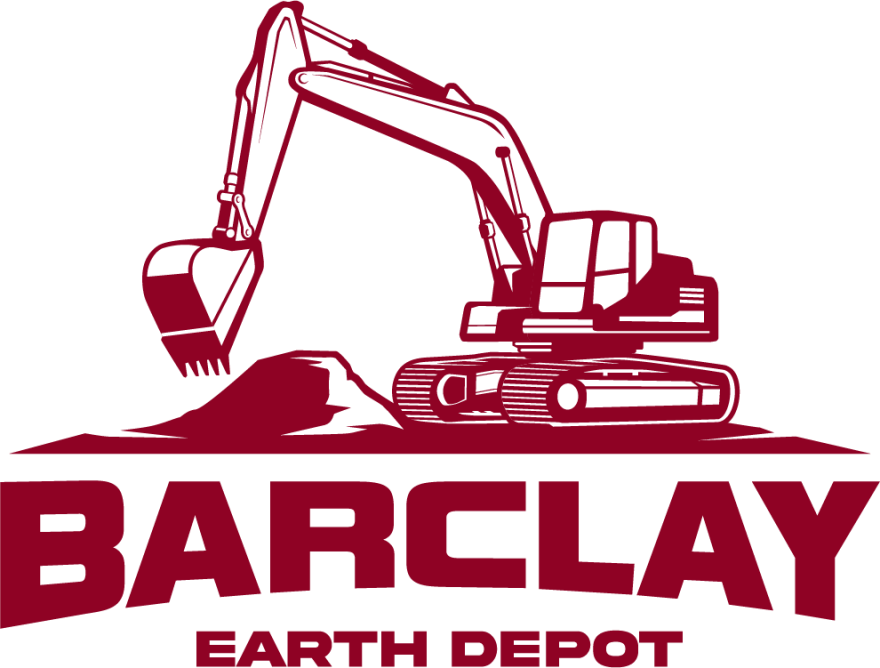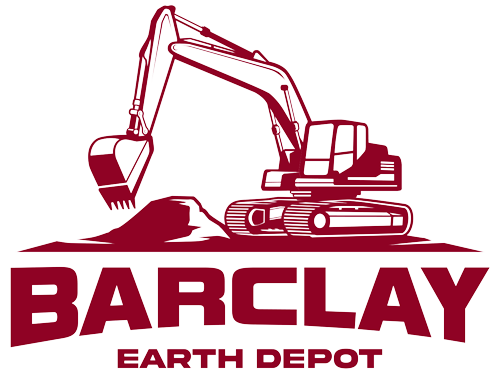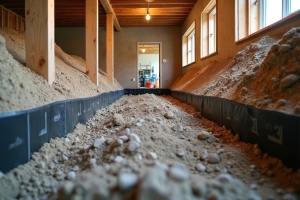 Settlement problems can result in costly structural damage that could compromise buildings, roads, and other infrastructure projects. When foundation materials shift or compress unevenly after construction, you end up with cracked foundations, uneven floors, and damaged utilities. However, an experienced aggregate supplier can help by providing the specialized fill materials and technical knowledge you need to prevent these problems before they start.
Settlement problems can result in costly structural damage that could compromise buildings, roads, and other infrastructure projects. When foundation materials shift or compress unevenly after construction, you end up with cracked foundations, uneven floors, and damaged utilities. However, an experienced aggregate supplier can help by providing the specialized fill materials and technical knowledge you need to prevent these problems before they start.
Comprehending What Causes Settlement Problems
Settlement happens when fill materials compress, shift, or lose volume after installation. Poor soil conditions create unstable foundations that can’t support structural loads properly. For example, expansive clays swell when wet and shrink when dry, which results in repeated movement cycles. Plus, organic materials decompose and leave holes that let structures sink.
Improper compaction can also result in settlement issues. Fill materials that are not sufficiently compacted when installed continue to settle under structural loads. This ongoing compression creates uneven support that damages foundations and surface structures.
Water infiltration speeds up settlement by softening fill materials and washing away fine particles. So, if your fill materials have poor drainage, they’ll trap water, weakening the soil structure and increasing settlement rates. Additionally, seasonal weather patterns repeatedly saturate and dry the fill, which compounds these moisture problems.
Selecting Materials That Resist Settlement
Granular materials, including sand, gravel, and crushed stone, provide the best resistance to settlement because they achieve high compaction densities and maintain stability under varying moisture conditions. Well-graded aggregates with mixed particle sizes compact more tightly and provide better load distribution than uniform materials.
Clean aggregates without organic matter, clay fines, or debris maintain their structural properties indefinitely. Where organic materials decompose and create voids over time, these aggregates keep their structural characteristics throughout the life of your project. The stable particle structure prevents the ongoing compression that causes settlement in lower-quality fills.
Angular aggregate particles interlock during compaction to create a stable matrix that resists shifting. Round particles roll past each other more easily and provide less stability. The angular shape creates mechanical bonds between particles that maintain load-bearing capacity under stress.
Proper Gradation Prevents Future Movement
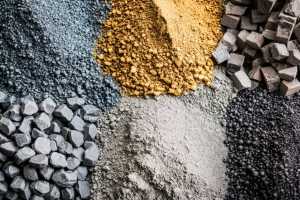 Aggregate gradation affects how tightly materials pack during compaction and how well they resist settlement afterward. Specifications define the percentage of particles in different size ranges to achieve optimal performance. Materials with proper gradation fill void spaces efficiently and create dense, stable fills.
Aggregate gradation affects how tightly materials pack during compaction and how well they resist settlement afterward. Specifications define the percentage of particles in different size ranges to achieve optimal performance. Materials with proper gradation fill void spaces efficiently and create dense, stable fills.
Gap-graded materials with missing size ranges leave larger voids that compress under load. Dense-graded aggregates include all size ranges and achieve maximum compaction. The smaller particles fill spaces between larger ones to create a solid matrix that distributes loads evenly.
Uniform materials with similar particle sizes cannot achieve the density you need to prevent settlement. These single-sized aggregates leave significant void space regardless of compaction effort. Mixed gradations provide the particle size distribution necessary for long-term stability.
Compaction Standards That Stop Settlement
Good compaction turns loose fill into a stable foundation that holds up well to settlement. Standard testing methods measure compaction levels to verify materials meet engineering requirements.
Insufficient compaction leaves air pockets that compress when they are subjected to any type of load. Each percentage point below specification substantially increases the risk of settlement. Conducting field testing when installing the fill will confirm that these materials achieve target densities throughout the fill depth.
The moisture content of the fill affects how well materials can be compacted and consolidated. Each type of aggregate has an ideal range of moisture that delivers the best density results when compacting it. For example, materials that are too dry will not pack efficiently. On the other hand, materials that are too wet fill void spaces with water instead of solid particles.
Multiple compaction passes with appropriate equipment create uniform density throughout fill layers. Thin lifts between 6 and 12 inches allow compaction equipment to effectively densify materials, while thicker lifts trap loose material that continues settling after installation.
Testing Protocols That Support Quality
Laboratory analysis can help you determine the properties of the materials you use before installing them. Tests measure gradation, moisture content, and maximum achievable density for proposed fills. These baseline measurements establish targets that field testing verifies during construction.
Field density tests confirm compaction meets specifications at regular intervals throughout placement. Nuclear density gauges provide immediate results that let contractors adjust procedures before continuing. Sand cone tests offer an alternative form of verification without using specialized equipment.
Particle analysis confirms gradation stays consistent from batch to batch during delivery. Variations in gradation affect compaction characteristics and final stability. Regular testing catches quality problems before they compromise fill performance.
Benefits of Working With Experienced Aggregate Suppliers
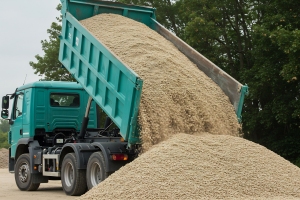 A regional aggregate supplier will better comprehend local soil conditions that affect fill performance. For example, Florida’s distinctive geology means using materials suited to sandy soils, high water tables, and seasonal rainfall patterns. A supplier familiar with these conditions can recommend the right materials for your specific application.
A regional aggregate supplier will better comprehend local soil conditions that affect fill performance. For example, Florida’s distinctive geology means using materials suited to sandy soils, high water tables, and seasonal rainfall patterns. A supplier familiar with these conditions can recommend the right materials for your specific application.
A reputable aggregate supplier also has strong quality control procedures that make sure the properties you need are consistent across deliveries, eliminating variables that could affect compaction and increase the risk of settlement.
You can also get technical consultation from these suppliers to help you find the right materials for your project’s requirements. An experienced supplier will evaluate loading conditions, drainage needs, and regulatory requirements to recommend the best fill material. And this expertise prevents costly material selections that perform poorly in specific applications.
Documentation and testing records verify materials meet engineering specifications. Detailed reports support project quality assurance and provide evidence of compliance with building codes. This documentation protects everyone involved when performance verification becomes necessary.
Choose Central Florida’s Top Aggregate Supplier
Settlement prevention requires engineered fill materials that maintain stability under all conditions. When properly selected, compacted, and tested, these materials create foundations that support structures reliably for generations.
Barclay Earth Depot has supplied quality aggregates throughout Florida since 2007, with high-quality materials backed by 80 years of combined excavation experience from our team. We know precisely what your foundation needs and can recommend the right materials for your specific soil conditions and loading requirements. Contact us today at (941) WE-DIG-IT or online for aggregate materials that keep your projects stable and settlement-free for the long term.
